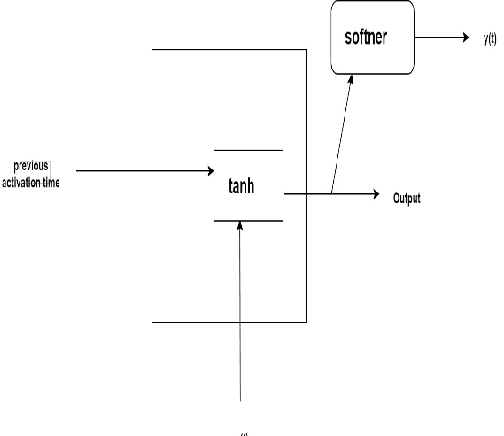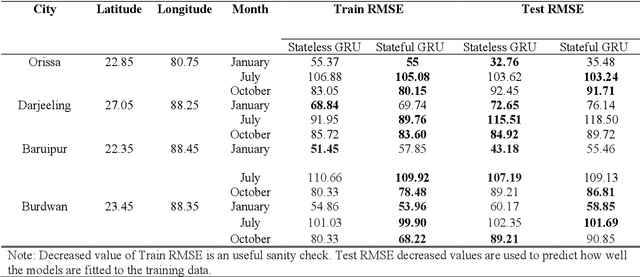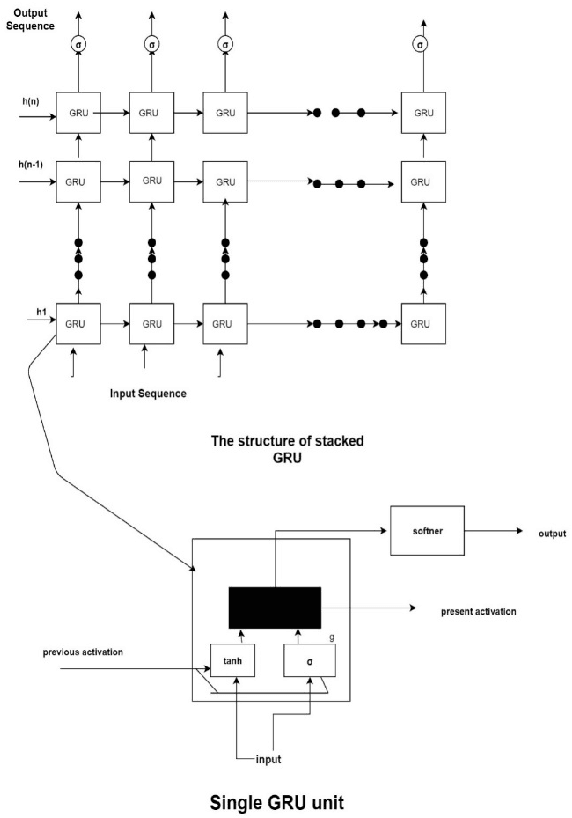Swayamjit Saha
Comprehensive Forecasting-Based Analysis of Hybrid and Stacked Stateful/ Stateless Models
Apr 30, 2024Abstract:Wind speed is a powerful source of renewable energy, which can be used as an alternative to the non-renewable resources for production of electricity. Renewable sources are clean, infinite and do not impact the environment negatively during production of electrical energy. However, while eliciting electrical energy from renewable resources viz. solar irradiance, wind speed, hydro should require special planning failing which may result in huge loss of labour and money for setting up the system. In this paper, we discuss four deep recurrent neural networks viz. Stacked Stateless LSTM, Stacked Stateless GRU, Stacked Stateful LSTM and Statcked Stateful GRU which will be used to predict wind speed on a short-term basis for the airport sites beside two campuses of Mississippi State University. The paper does a comprehensive analysis of the performance of the models used describing their architectures and how efficiently they elicit the results with the help of RMSE values. A detailed description of the time and space complexities of the above models has also been discussed.
Security Considerations in AI-Robotics: A Survey of Current Methods, Challenges, and Opportunities
Oct 18, 2023Abstract:Robotics and Artificial Intelligence (AI) have been inextricably intertwined since their inception. Today, AI-Robotics systems have become an integral part of our daily lives, from robotic vacuum cleaners to semi-autonomous cars. These systems are built upon three fundamental architectural elements: perception, navigation and planning, and control. However, while the integration of AI-Robotics systems has enhanced the quality our lives, it has also presented a serious problem - these systems are vulnerable to security attacks. The physical components, algorithms, and data that make up AI-Robotics systems can be exploited by malicious actors, potentially leading to dire consequences. Motivated by the need to address the security concerns in AI-Robotics systems, this paper presents a comprehensive survey and taxonomy across three dimensions: attack surfaces, ethical and legal concerns, and Human-Robot Interaction (HRI) security. Our goal is to provide users, developers and other stakeholders with a holistic understanding of these areas to enhance the overall AI-Robotics system security. We begin by surveying potential attack surfaces and provide mitigating defensive strategies. We then delve into ethical issues, such as dependency and psychological impact, as well as the legal concerns regarding accountability for these systems. Besides, emerging trends such as HRI are discussed, considering privacy, integrity, safety, trustworthiness, and explainability concerns. Finally, we present our vision for future research directions in this dynamic and promising field.
Comprehensive forecasting based analysis using stacked stateless and stateful Gated Recurrent Unit models
Aug 14, 2020



Abstract:Photovoltaic power is a renewable source of energy which is highly used in industries. In economically struggling countries it can be a potential source of electric energy as other non-renewable resources are already exhausting. Now if installation of a photovoltaic cell in a region is done prior to research, it may not provide the desired energy output required for running that region. Hence forecasting is required which can elicit the output from a particular region considering its geometrical coordinates, solar parameter like GHI and weather parameters like temperature and wind speed etc. Our paper explores forecasting of solar irradiance on four such regions, out of which three is in West Bengal and one outside to depict with using stacked Gated Recurrent Unit (GRU) models. We have checked that stateful stacked gated recurrent unit model improves the prediction accuracy significantly.
 Add to Chrome
Add to Chrome Add to Firefox
Add to Firefox Add to Edge
Add to Edge